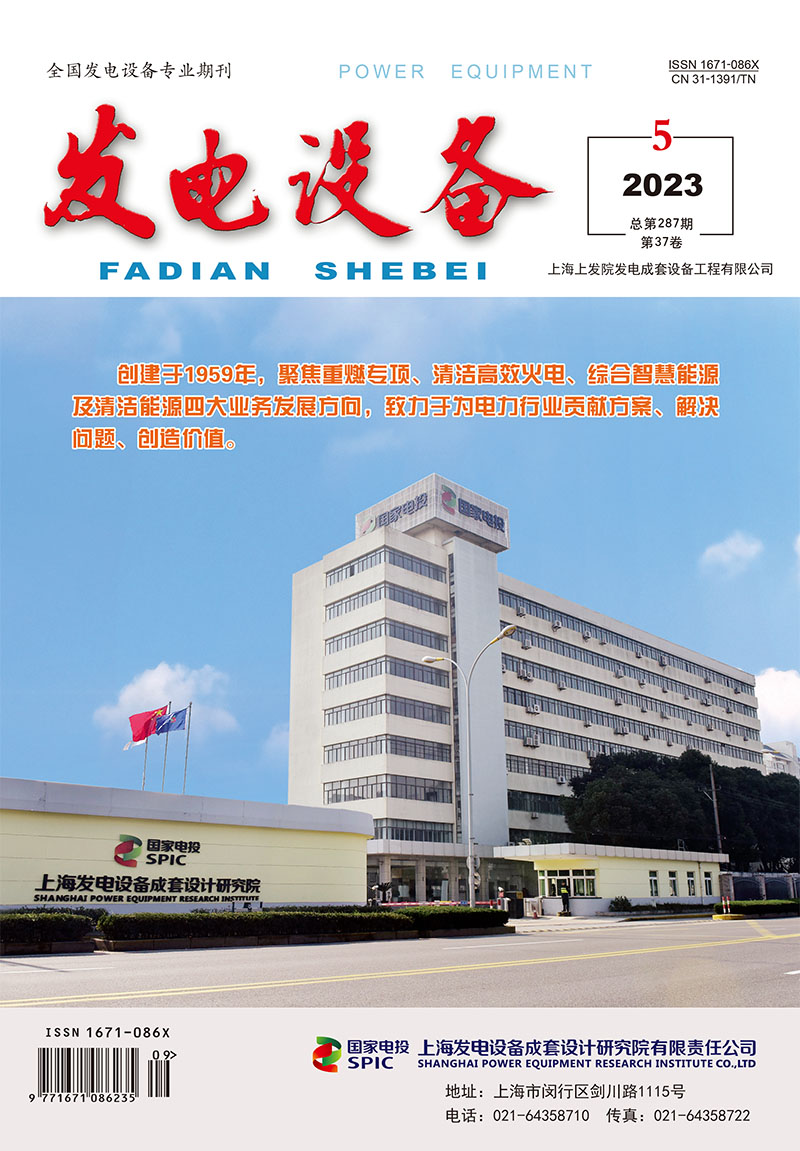Material Technology
Jing Shiyu, He Xiaoming, Zhang Wei, Xie Xiaoyuan, Wang Linsen, Zeng Hui, Yang Huachun
Based on the material application of high-temperature components in domestic 600 ℃ ultra-supercritical (USC)boilers, the main factors of material selection of 650 ℃ advanced ultra-supercritical (A-USC) boilers were proposed and illustrated. Combined with the research and development circumstance of domestic and abroad advanced materials for boilers, several key candidate materials were comprehensively compared from following aspects, such as the material economy, allowable stress, welding performance, inclusion criteria, safety of material supply, and material peculiarity of headers and tubes. Results show that, for domestic 650 ℃ A-USC boilers, Sanicro25 (C-HRA-5) advanced austenitic heat-resistant steel or HT700T alloy can be applied to high temperature heating surfaces, and HT700P or GH984G alloy can be applied to headers and tubes. The research about boiler high-temperature alloy is not mature enough at present, therefore it is suggested that further researches can be carried out on the safety issues of candidate materials used in headers and tubes, as well as the standardization issues of engineering applications, while the endurance strength data of materials at high-temperature can be accumulated continuously.
